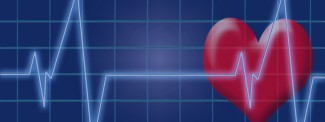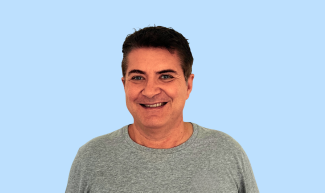From the early stages of Parkinson’s disease onwards, cardiovascular and respiratory disorders are relatively frequent. The team led by Stéphane Lehéricy and Marie Vidailhet at the Institut du Cerveau – ICM highlighted, for the very first time, a link between these symptoms and damage to the medulla oblongata, an area of the brain stem involved in controlling vital functions.
The medulla oblongata is the lower part of the brain stem and is responsible for vital functions sur as breathing, heart rate and maintaining blood pressure. In patients with Parkinson’s disease, symptoms of dysfunction of these autonomous functions, notably cardiovascular function, are frequent. They are observed from the early stages of the illness and may precede motor symptoms.
This dysfunction may be caused by lesions of certain sympathetic and parasympathetic nervous system nodules in the medulla oblongata, involved in involuntary activity such as heart rate control and respiratory rate control. Lewy bodies, abnormal protein aggregates within cells, are present at the site of the nodules, and cellular degeneration is observed in patients with Parkinson’s disease.
Using diffusion-weighted MRI, a cutting-edge imaging technique, Institut du Cerveau – ICM researchers hoped to correlate medulla oblongata lesions with cardiac and respiratory disorders.
The study conducted on 52 patients with Parkinson’s disease found structural anomalies in the medulla oblongata in these patients. Structural modifications in this area are specifically correlated with heart problems, assessed based on heart rate variations and respiratory rate.
For the very first time, we have established a link between medulla oblongata anomalies observed using diffusion-weighted MRI and cardiovascular and respiratory disorders. This imaging technique could prove to be an interesting biomarker for Parkinson’s disease, leading to improved diagnosis and, hopefully, progression prediction.
Sources
https://www.neurology.org/content/early/2016/11/11/WNL.0000000000003426…
Nadya Pyatigorskaya, Marie Mongin, Romain Valabregue, Lydia Yahia-Cherif, Claire Ewenczyk, Cyril Poupon, Eden Debellemaniere, Marie Vidailhet, Isabelle Arnulf, and Stephane Lehéricy.







